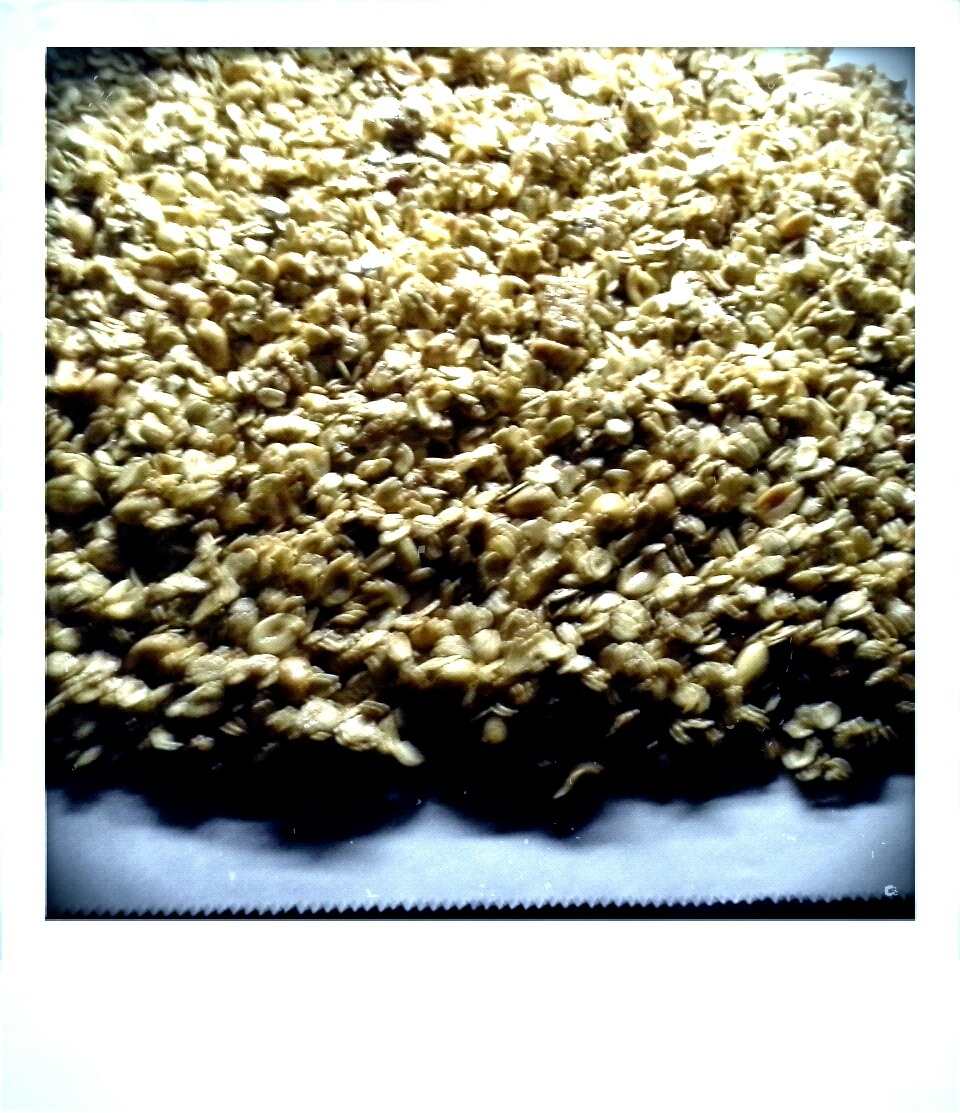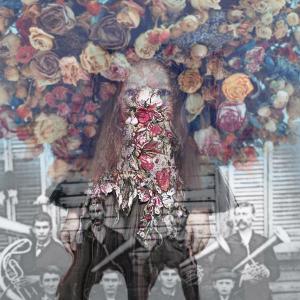LPV
Lesson plan videos help substitute teachers get to three o’clock in style. I watched the following four elementary school art YouTube videos and describe them for future reference.
“Andy Warhol Hands Elementary Art Lesson” by Lindsay Smith starts with her explaining Warhol and PopArt to her students. The second scene shows her working through an example for the kids: she glues four squares of construction paper, each a different color, to white drawing paper. Individual practice and assessment follows, where kids outline their hand onto the color squares, then they staple the squares and cut along the line they drew. Ms. Smith has them paint their hands black and stamp the cutout hands in the squares of their pictures. When completed, the students leave them to dry overnight.
“How I run my elementary art classroom with flipped videos, gamification, and TAB teaching for artist” by Miss Russ begins with her explaining the title, and she explains how to begin the class out in the hallway: they come into the classroom thinking about their ‘WOW’ objectives and initial work stations. She utilizes popsicle sticks as coded tickets to entry, with the grade, day, and hour printed near each tip. They drop their popsicle stick in the bucket of the station they want to work at. The kids march over to pick up their materials: a white board and colored markers for example, and they are expected to do “art magic” over a three minute sub-period. They pass in their white boards, then she shows them a video for about ten minutes, the subject of which is based upon feedback she receive the last time the class met. Once the students are at their work centers they have about twenty-five minutes of work time. The last five minutes of art class is spent on the carpet mat, so the students can talk and share with each other, which provides feedback for the art teacher.
“Elementary Art Lesson: The Hand Line Design” starts with tracing the hand using marker on a long white sheet of drawing paper. They are to go all the way around the forearm and hand. The teacher hands out a sheet of a dozen different designs. They section parts of their hand outlines by drawing curvy lines, within which the student will draw different designs. After filling in the sections with designs, they color in some of the shapes black to make the designs pop.
“Kids Art Week – Lesson 1: Picasso Dogs” jumps right into crafting: 5″ by 7″ watercolor paper, 8.5″ by 11″ black construction paper, a pencil, a black marker, a round pointy paintbrush, a glue stick, and tempora paints…blue, yellow, and red.
Step 1. Draw an eye anywhere on the white rectangle.
Step 2. Turn paper 90 degrees clockwise; draw a second eye three times bigger than the eye drawn in Step 1.
Step 3. Turn the paper 90 degrees clockwise; draw the dog’s snout.
Step 4. Turn the paper 90 degrees clockwise again; draw the dog’s ear.
Step 5. Turn the paper 90 degrees clockwise once more; draw the dog’s tongue.
Step 6. Turn the paper one more time and draw a paw.
Finish drawing the dog, connecting the individual features. Once you have the dog drawn, you begin painting in secondary colors. The kids mix the primary tempera colors to get hues of purple, orange, pink, etc.
The kids set it aside to dry until next class. Then they take a black marker and re-draw their original outline over the dry paint. Then they glue the painted dog paper onto the larger paper to frame it.
So much depends on whether a lesson will be provided by the absent teacher or department head. Some lesson plans call for work which some students complete in ten minutes, and then they proceed to cause trouble. It is important for substitute teachers to emphasize submissions of high quality work, where the entire piece is complete, not just a quick sloppy sketch the kid completed to clear time to make mischief.


